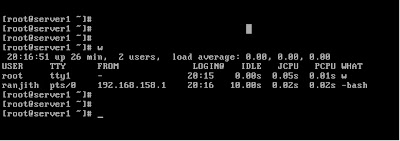cPanel command-line:
cPanel: To assign file owerships for webusers: # /scripts/chownpublichtmls To assign mail permission: # /scripts/mailperm or WHM >> Email >> Repair Mailbox permissions. Limit webuser resources (cpu / memory / etc): # vi /etc/security/limits.conf Set all files / directory recursively to secure permissions. Only in users "pwd" # find . -type d -exec chmod 755 {} \; # find . -type f -exec chmod 644 {} \; Set files / directory secure permissions rest of proper. Only in users "pwd" # find . -type f -not -perm 644 -exec chmod 644 {} \; # find . -type d -not -perm 755 -exec chmod 755 {} \; (suspect spam)To check maillog with sending path details. # grep "cwd=" /var/log/exim_mainlog|awk '{for(i=1;i<=10;i++){print $i}}'|sort|uniq -c|grep cwd|sort -n cPanel & Linux EL: Change default linux editor (I selected VI): # VISUAL=vi;export VISUAL;EDITOR=vi;export EDITOR; (suspect attack)TO check current / connection on port:80 # netstat -an

